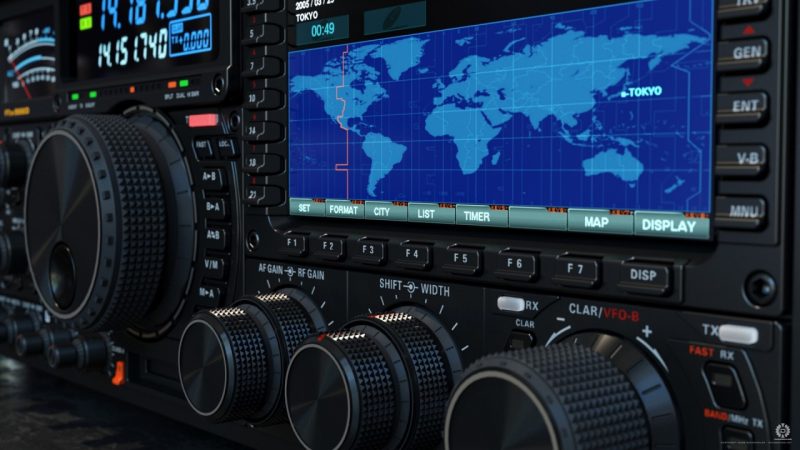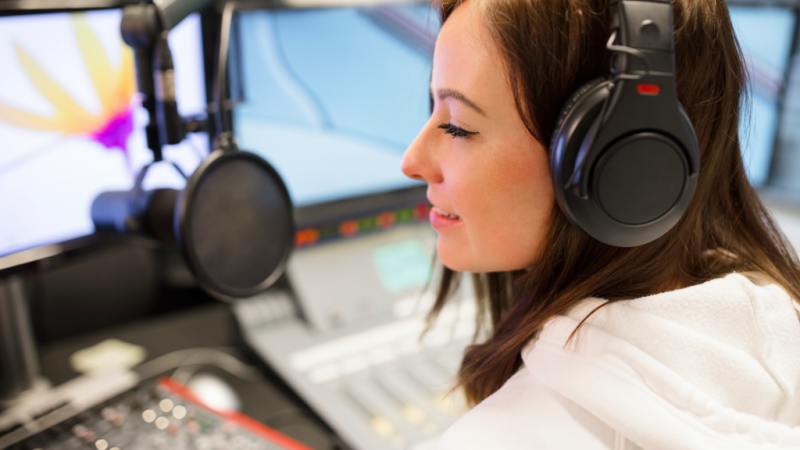The Evolution of Radio Technology: From AM to Digital

Radio technology has undergone significant transformations since its inception, evolving from the basic AM (Amplitude Modulation) systems to the sophisticated digital formats we have today.
 This evolution has revolutionized communication, entertainment, and information dissemination, impacting societies globally. Here’s a journey through the milestones of radio technology.
This evolution has revolutionized communication, entertainment, and information dissemination, impacting societies globally. Here’s a journey through the milestones of radio technology.
The Birth of AM Radio
The story of radio technology begins in the late 19th century. AM radio, the first method used to modulate radio signals, was developed around this time. In AM, the amplitude of the carrier wave is varied in accordance with the information being sent. This method was simple yet effective, allowing the transmission of voice and music over long distances.
Key Milestones:
- 1906: Reginald Fessenden made the first AM radio broadcast, playing music and reading passages from the Bible.
- 1920: KDKA in Pittsburgh, USA, became the first commercial radio station, marking the beginning of broadcast radio.
- 1930s: AM radio gained popularity worldwide, becoming the primary medium for news, entertainment, and communication.
The Advent of FM Radio
While AM radio was groundbreaking, it was susceptible to static and interference. Frequency Modulation (FM) radio, introduced by Edwin Howard Armstrong in the 1930s, addressed these issues. FM modulates the frequency of the carrier wave instead of the amplitude, resulting in higher sound quality and reduced noise.
Key Milestones:
- 1933: Edwin Armstrong patented FM radio technology.
- 1940s: FM radio began to gain traction, providing clearer sound quality compared to AM.
- 1960s: FM became widely adopted for music broadcasting due to its superior audio fidelity.
The Transition to Digital Radio
The late 20th century saw the rise of digital technology, bringing a new era for radio. Digital radio provides numerous advantages over analog, including better sound quality, more efficient use of the radio spectrum, and the ability to transmit additional data alongside audio.
Key Technologies:
- Digital Audio Broadcasting (DAB): Introduced in the 1990s, DAB offers a more efficient and reliable way to broadcast radio. It allows multiple channels to be transmitted on the same frequency, improving spectrum efficiency.
- HD Radio: Launched in the United States in the early 2000s, HD Radio uses digital signals embedded in traditional AM or FM bands, offering better sound quality and additional features such as song info and traffic updates.
- Satellite Radio: Services like SiriusXM offer a subscription-based model with a wide variety of channels, providing clear, consistent signals nationwide.
Key Milestones:
- 1995: The first DAB services were launched in Europe.
- 2002: HD Radio technology was introduced in the United States.
- 2001: SiriusXM began broadcasting satellite radio, changing the landscape of radio entertainment.
The Future of Radio
As technology continues to advance, radio is adapting to new paradigms. The integration of internet and mobile technology with radio broadcasting has led to the rise of streaming services and podcasts, offering on-demand content and a global reach.
Current Trends:
- Internet Radio: Platforms like Spotify, Pandora, and TuneIn allow users to stream radio over the internet, offering personalized experiences.
- Podcasting: The popularity of podcasts has surged, providing a platform for niche content and independent creators.
- Smart Speakers: Devices like Amazon Echo and Google Home have brought radio back into the home environment, with voice-activated access to a wide range of radio stations and streaming services.
Conclusion
The evolution of radio technology from AM to digital has been a remarkable journey. Each advancement has built on the foundations of its predecessors, improving sound quality, accessibility, and user experience. As we move forward, the fusion of radio with digital and internet technologies promises to keep this medium relevant and dynamic, continuing to connect people and share information in innovative ways.


